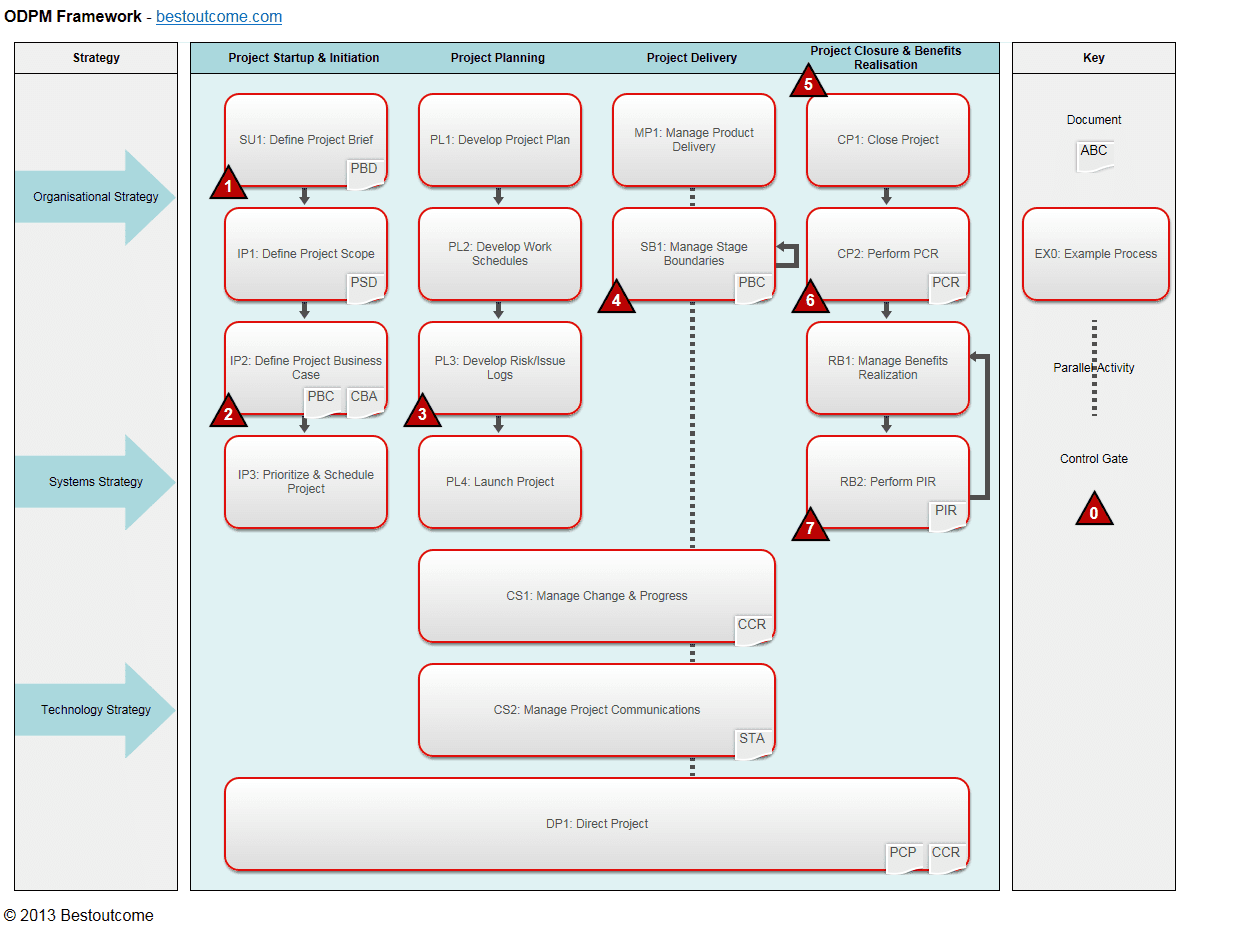We have been working in the NHS for over 11 years.
Our organization is responsible for implementing the NHS’ leading project, portfolio management (PPM) tool, known as PM3, in over 70 NHS organizations
As everyone knows, the NHS always needs to save money and find a way to do more with less.
This is a significant challenge for NHS leaders, and why NHS CIPs were created.
Whether it’s Covid or digital transformation, or migration to new structures, there is always an enormous amount of change happening across the NHS.
All those change projects and programmes, from small scale to large scale transformation such as CIPs, have to be managed and controlled.
This blog shares some tips for saving time (and money) by focussing on your templates, including those available to PM3 users.
NHS Trusts have to embark on Cost Improvement Programmes (CIPs), comprising multiple schemes designed to save money without impacting on services and patient safety.
There is a need to deliver transformation programmes across a whole range of NHS organisations.
Whether it is a QIPP, a CIP, or any other programme, there must be a project management office (PMO) to report on projects in terms of delivery status, activity, and financial impact.
Crucially, the PMO must also ensure that projects deliver the expected benefits.
This is required both internally for the Board, and for external assurance.
NHS CIPs tend to be expensive endeavours in their own right, requiring their own investment in order to save money in the medium to long term.
When working with NHS organisations, we typically see a PMO being created with responsibility for ensuring that projects are managed using proper process.
Nothing wrong so far.
However, having worked with many CCGS and Trusts, we often see the PMO spending a lot of money and time inventing process and project management templates.
Some CCGs that we presented to spent months developing a set of ‘standard’ templates in Excel or Word.
In our opinion, this is reinventing the wheel and wasting precious time and resource. Senior leaders need to get involved in these decisions, not just leave the PMO to it.
A better approach is to contact other CCGS or Trusts to see if you can collaborate and share or borrow project management and PMO templates.
After all, it is a bit irrational for cost-saving programmes like CIP to be wasting money reinventing templates that may already exist.
Alternatively, you can approach a company like ours (we provide free project management templates to all our clients!).
Even if our templates/processes – or another NHS organization’s processes/templates – do not meet your exact requirements, it is cheaper and quicker to amend existing templates rather than create new ones from scratch.
PM3 PPM process templates
PM3 contains a project management process and a set of templates and has dedicated functionality to support CIP.
Our framework, which is free, is depicted in the following diagram. Our tool, PM3, supports this framework.
ODPM Framework Example

Our NHS PMO tool, PM3, has been designed to manage transformational programmes in the NHS including CIP.
It is very intuitive and easy to use.
Our tool is successfully used by over 50 NHS organisations because it increases efficiency and avoids the need for expensive contractors by embedding good sustainable processes in organisations.
It allows clear management information and highlight reports which give a ‘single version of the truth’.
Our PM3 NHS hub gives you a complete overview of how it could help.
And, if you have any questions, please don’t hesitate to get in touch!

Our products help you deliver successful change programmes and projects by always focusing on the overall business outcomes. Find out how our products can help you.
Tell me more Watch a DemoIntegrated care is about giving people the support they need, joined up across local councils, the ...
Read more >In the NHS, there is drive to be more efficient and deliver against NHS England priorities, which in...
Read more >Listen to David’s 20 minute segment with host Stephanie Smith where he discusses PPM tools in the ...
Read more >